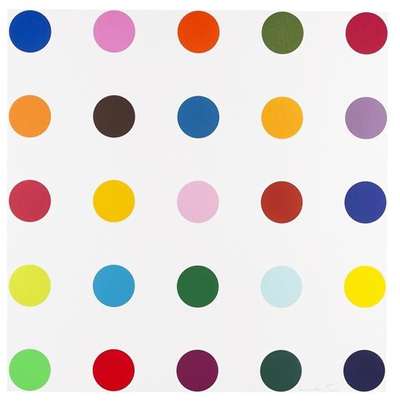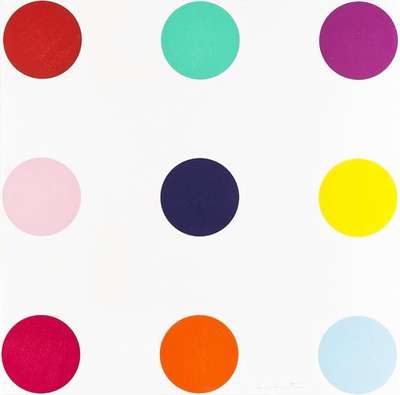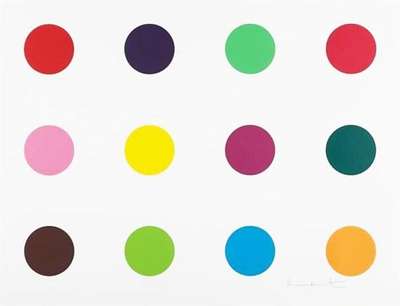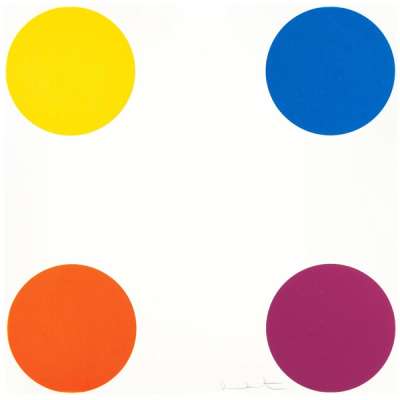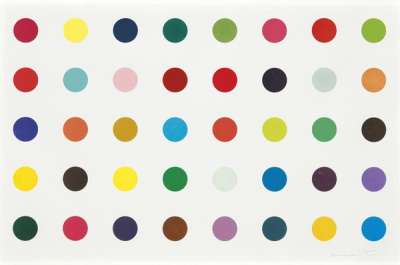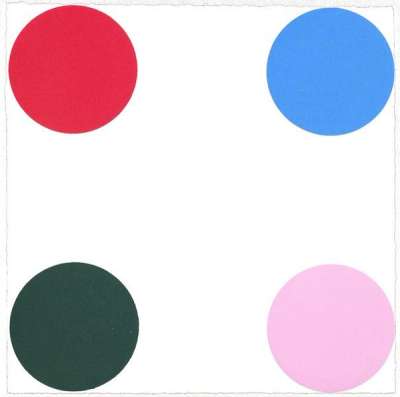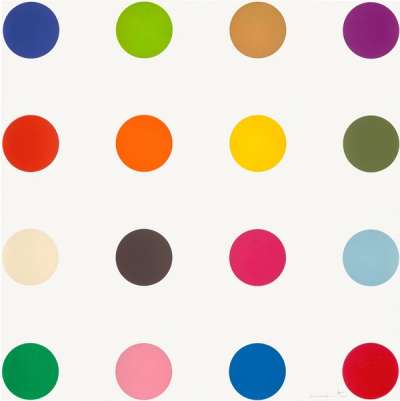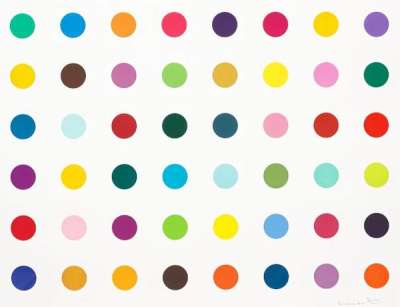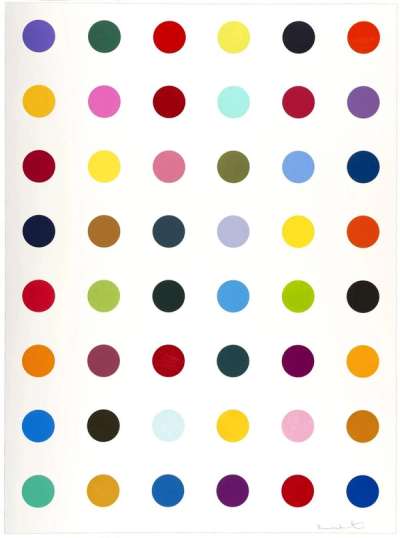
Quinaldic Acid
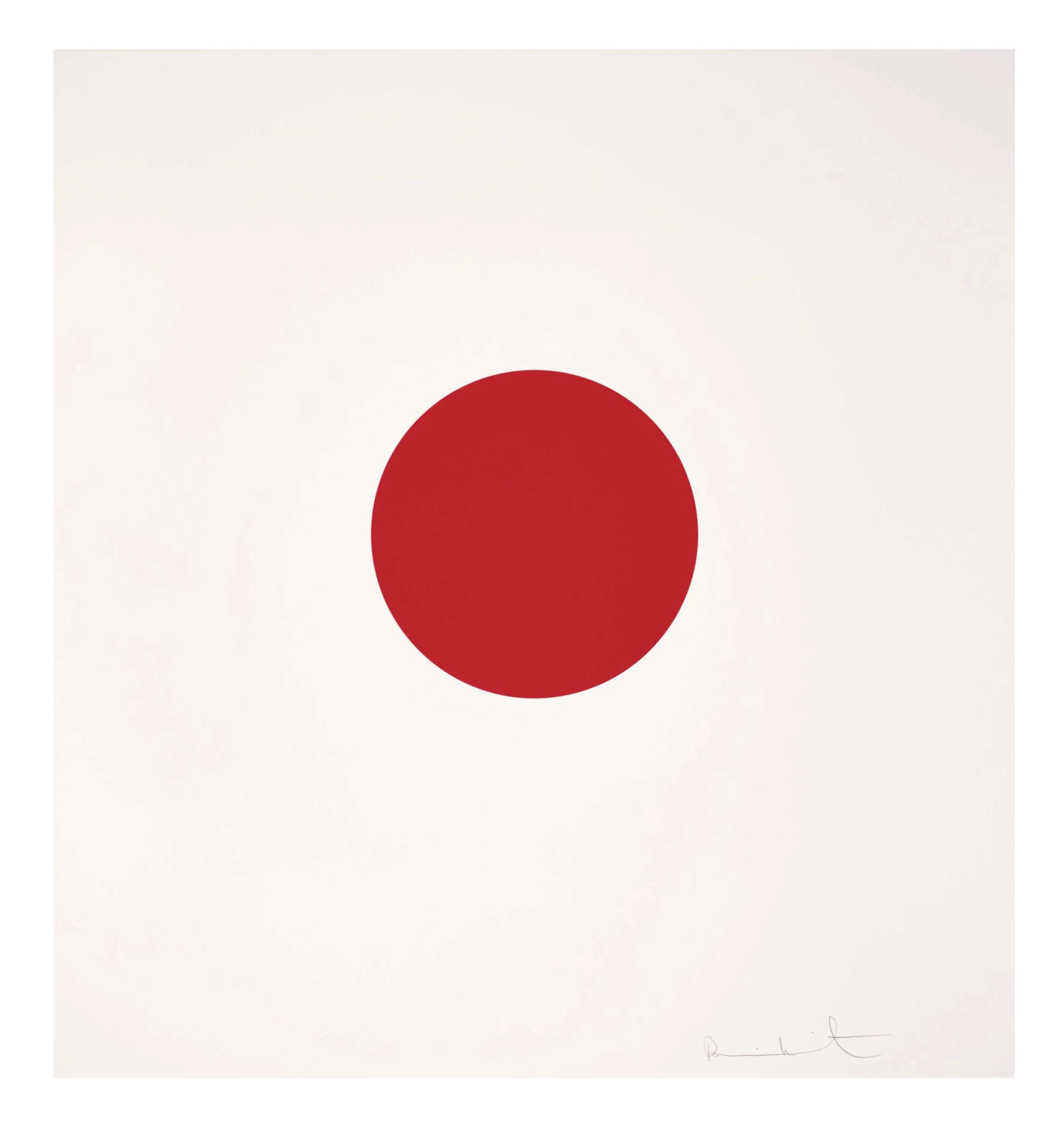
Quinaldic Acid
Signed Print
Damien Hirst
£5,500-£8,500Value Indicator
$11,000-$17,000 Value Indicator
$10,000-$16,000 Value Indicator
¥50,000-¥80,000 Value Indicator
€6,500-€10,000 Value Indicator
$60,000-$90,000 Value Indicator
¥1,070,000-¥1,650,000 Value Indicator
$7,000-$11,000 Value Indicator
AAGR (5 years) This estimate blends recent public auction records with our own private sale data and network demand.
There aren't enough data points on this work for a comprehensive result. Please speak to a specialist by making an enquiry.
Medium: Woodcut
Edition size: 24
Year: 2010
Size: H 96cm x W 91cm
Signed: Yes
Format: Signed Print
Track this artwork in realtime
Watch artwork, manage valuations, track your portfolio and return against your collection
Track auction value trend
Auction Results
| Auction Date | Auction House | Location | Hammer Price | Return to Seller | Buyer Paid |
|---|---|---|---|---|---|
| September 2022 | Phillips London | United Kingdom | |||
| December 2017 | Christie's New York | United States | |||
| September 2017 | Sotheby's Online | United Kingdom |
Meaning & Analysis
Taken from Damien Hirst’s vast 12 Woodcut Spots series, Quinaldic Acid is a woodcut print from 2010. The print shows a perfect circle in red, positioned in the centre of the square composition. Set against a plain white backdrop, this print appears like a drastically cropped version of one of Hirst’s more recognisable spot paintings. As a result, Quinaldic Acid is decidedly abstract.
This print is highly simplistic and immediate in its effect on the viewer, unambiguous in its depiction of a large spot with bright and flattened colour. Due to its smooth surface and obvious composition, this print deceptively removes any sense of human labour or touch. In the 1980s, the spot paintings marked a shift in Hirst’s artistic career, where he began to employ assistants to complete the painstaking and laborious task of producing these works. The apparent lack of human intervention in these works further emphasises the mathematical precision that underlines their compositions.
Fascinated by intuitive colour choice from his days at Goldsmiths, Hirst claims that the spot paintings have removed any problems he previously had with colour, allowing him to present a perfect arrangement of colour that is never repeated. Hirst explains that, “mathematically, with the spot paintings, I probably discovered the most fundamentally important thing in any kind of art. Which is the harmony of where colour can exist on its own, interacting with other colours in a perfect format.”
